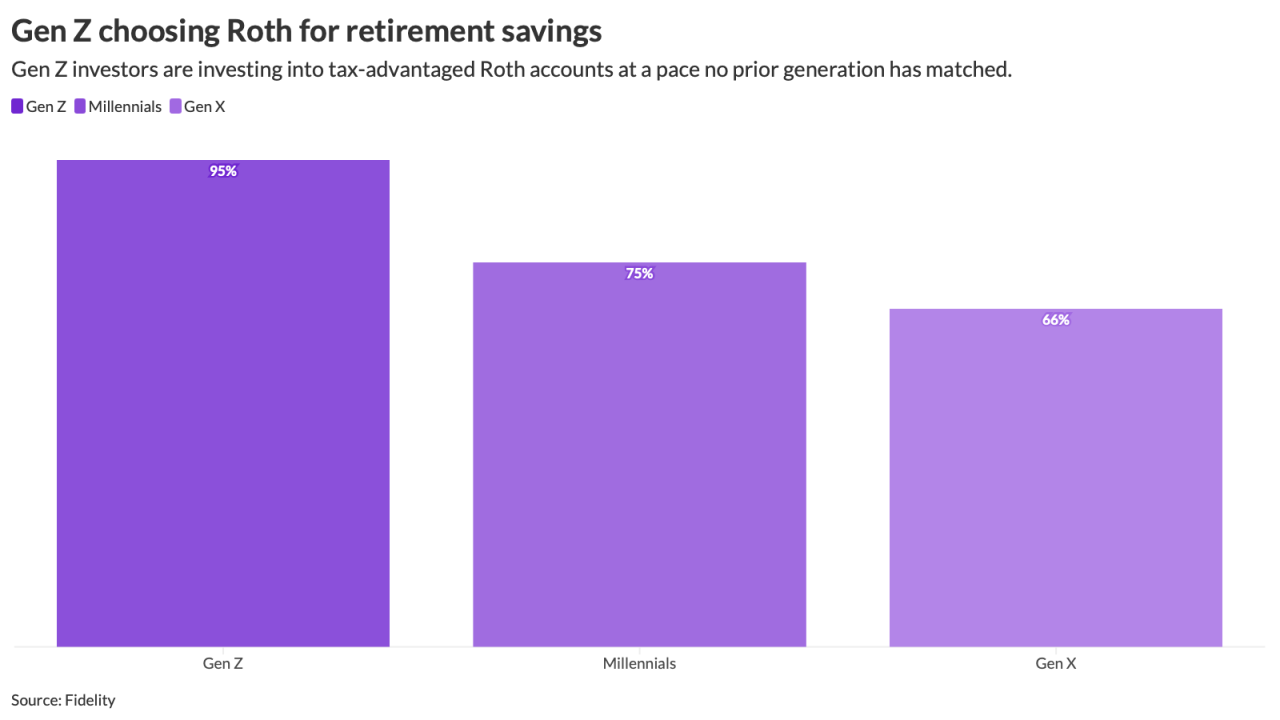Managing benefits for retirees can feel like an uphill battle, especially if the plan was designed some time ago and no longer reflects the needs of your organization and retirees, or the opportunities in todays marketplace.
If thats your challenge, youre not alone; however, making a change for the better could be simpler than you think.
Many Fortune 1000 employers, large state and municipal retiree associations, and others have successfully used retiree benefits to recruit and retain a skilled, productive workforce. Some employers such as MetLife, Alcatel-Lucent and many others have found a simple way to significantly reduce costs and successfully transition retirees without the disruption generated by multi-carrier exchanges.
By transitioning to a national Medicare Advantage plan, these employers have successfully off-loaded risk, administrative responsibility and financial liability while simplifying retirees selection and minimizing retiree disruption.
Rather than requiring retirees to select from a vast and often confusing array of individual Medicare products, the single-carrier national Medicare Advantage strategy streamlines and simplifies the transition process. Unlike local Medicare Advantage plans that have been around for many years, this new breed of national Medicare Advantage plan provides retirees with national coverage and larger networks of doctors and hospitals, as well as the ability to tailor benefits to each employers needs.
So whats the catch?
There isnt one. Its a pragmatic strategy that plan sponsors and retirees are embracing.
Changes in Medicare have generated numerous options and choices, from Medicare Supplement, or Medigap, plans that supplement original Medicare to group and individual Medicare Advantage plans that combine medical and drug coverage.
Its been called a tyranny of choice, because myriad decisions accompany each plan option. From carriers to networks, each choice requires research, evaluation and decisions all in an attempt to increase retiree health plan satisfaction.
Yet, according to a Cornell University study reviewed by the National Institutes of Health, when compared to their younger counterparts, older adults (aged 60+) preferred significantly less choice across a variety of decision areas and categories. Most notably, they preferred fewer options for health care decisions.
This is consistent with what we are learning thanks to discoveries made by neuroscientists and neuroeconomic researchers: it seems that more choice does not always equal more satisfaction.
Similar research by other scientists echoes these findings of decision overload in older adults.This phenomenon has played out in the marketplace as well. For example, despite huge federal subsidies, it took years for a majority of seniors to enroll in a Medicare Part D prescription drug plan when forced to choose from dozens of options.
Think about all the choices in our daily lives that seem advantageous at face value but actually add complexity to our decisions. In the final analysis, complexity in choosing often detracts from perceived satisfaction with our choices.
Still, a steady wave of new private health care insurance providers and exchanges continues to surface, and these startups are touting the value of choice. Hoping to capitalize on a broad buffet of retiree options, they are targeting mid- to large-size companies and highlighting carriers who are looking to establish market share with attractive initial rates.
But before embarking on that course a commitment youll need to stand behind, reaffirm and defend over the years you will want to weigh the promises of unlimited carrier choice and low initial rates against the value of national scale, knowledge of local market, consumers specific needs, price stability, turnkey transition services and ongoing employee support and education. Not to mention the tools to help overwhelmed retirees access, understand and get the most out of their benefits.
Insurance carriers who are new to the market are under more pressure to raise rates markedly in subsequent years to compensate for their limited membership and smaller risk pool. In contrast, more established providers tend to offer members greater price stability because they insure many more clients and larger member populations.
If your retirees are confused about multiple carrier choices, benefit exclusions or rate changes, theyll likely turn to your staff for help. And if you cant provide that one-on-one guidance yourself during open enrollment and throughout the year youll need a partner who can.
Look for providers that actively advocate for retirees with an experienced and well-trained support team not seasonal call-center staff who arent trained in your organizations culture and dont understand retirees concerns.
As a benefit manager, you can honor your benefit commitment to retirees while reserving budget and bandwidth for active employees. Whether offering a group Medicare Advantage plan or an exchange solution, you can best serve your retirees over the short and long term by offering fewer but more meaningful choices and ensuring stable pricing with a full complement of support services. In the case of retiree benefits, less choice can equal more clarity.
Joe Altman is the chief actuary for UnitedHealthcare Retiree Solutions, a business unit of UnitedHealthcare focused on the retiree medical needs of employer groups.




